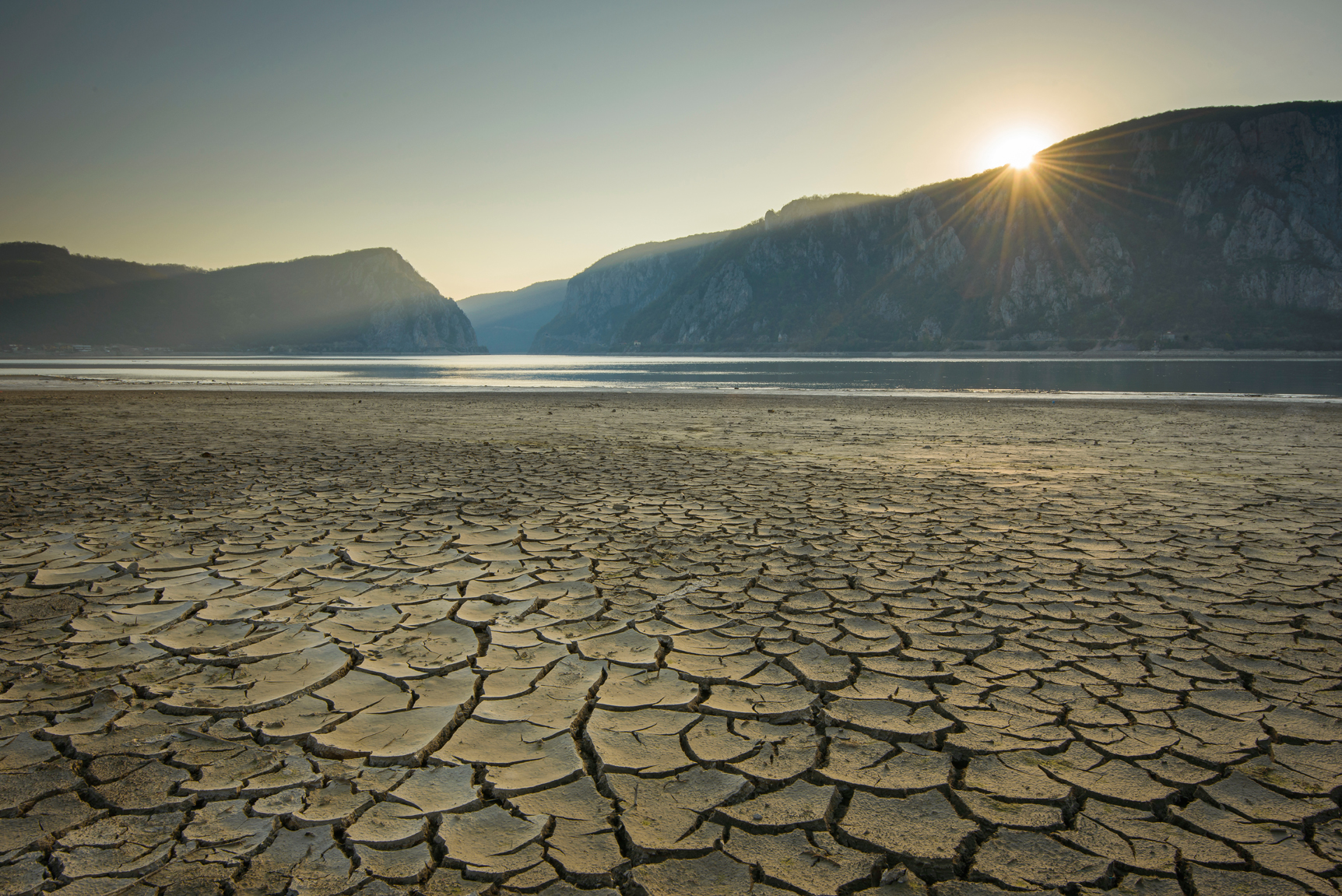
A cruise down the upper Danube has become a staple of European travel, but those who dare to go low are in for a treat. From Budapest to the Black Sea, the lower Danube runs through some of Eastern Europe’s less well-known landmarks. The story of south-eastern Europe’s political evolution unfolds along the riverbanks as the water winds past gothic castles and ancient fortresses. But it’s the shabbier countryside, unkempt and unpolished, that charms travellers into coming back for a second visit. Wandering through villages, sampling the local cuisine, floating past the Iron Gates, and witnessing an Eastern European riverside sunset make the less conventional end of the Danube well worth the trip.
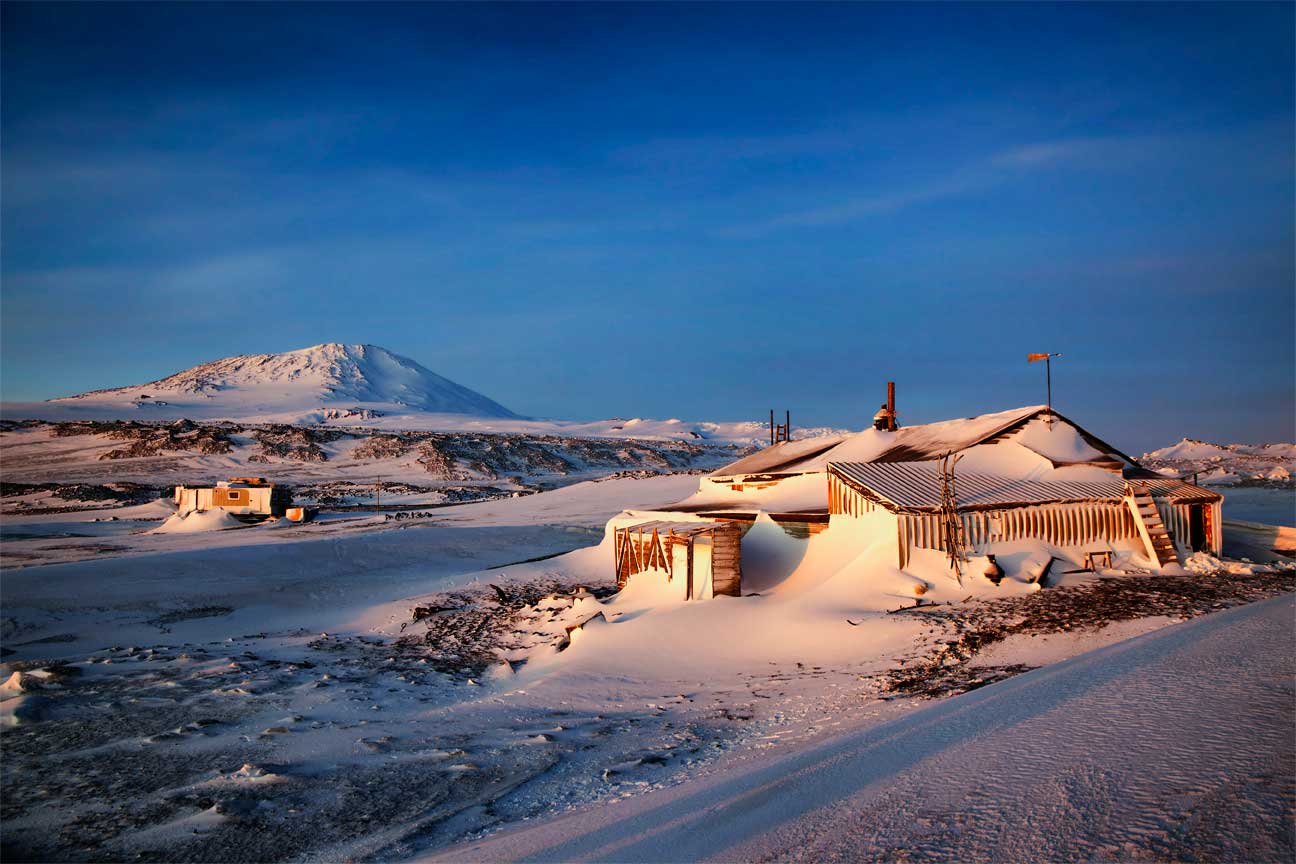
Amidst the mountain ranges of this otherworldly place, we find the peak of Mt Erebus, nestled into the icy plains of Ross Island. Although Erebus is infamous as the tragic site of Air New Zealand Flight 901’s crash in 1979, the mountain is also a fascinating geological landmark in Antarctica’s vast emptiness. Mt Erebus is the most active volcano on the continent, and the southernmost in the world. Gases rise from its slopes, giving off steam amidst the snow, and lava splutters from its underbelly to carve ice caves and towers into the mountain.
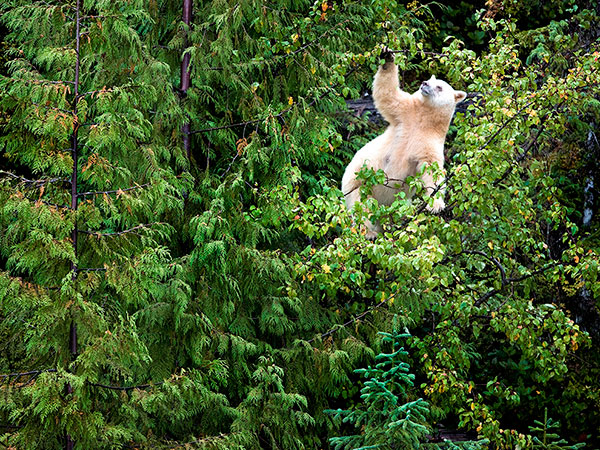
With mountain ranges on one side, the Pacific Ocean on the other, and 8.5 million hectares of lush, green wilderness filling the space between, the Great Bear Rainforest has no trouble attracting adventurers from all over. But just to sweeten the deal, it has a pretty impressive collection of wildlife too. The rainforest is home to gorgeous birds, wild salmon, cougars, wolves, and — of course — bears. The area gets its name from the high population of the furry creatures: black bears and grizzlies live side by side, and the forest is the only place one will find the Kermode or ‘spirit’ bear — a special sight, and significant player in First Nations culture.
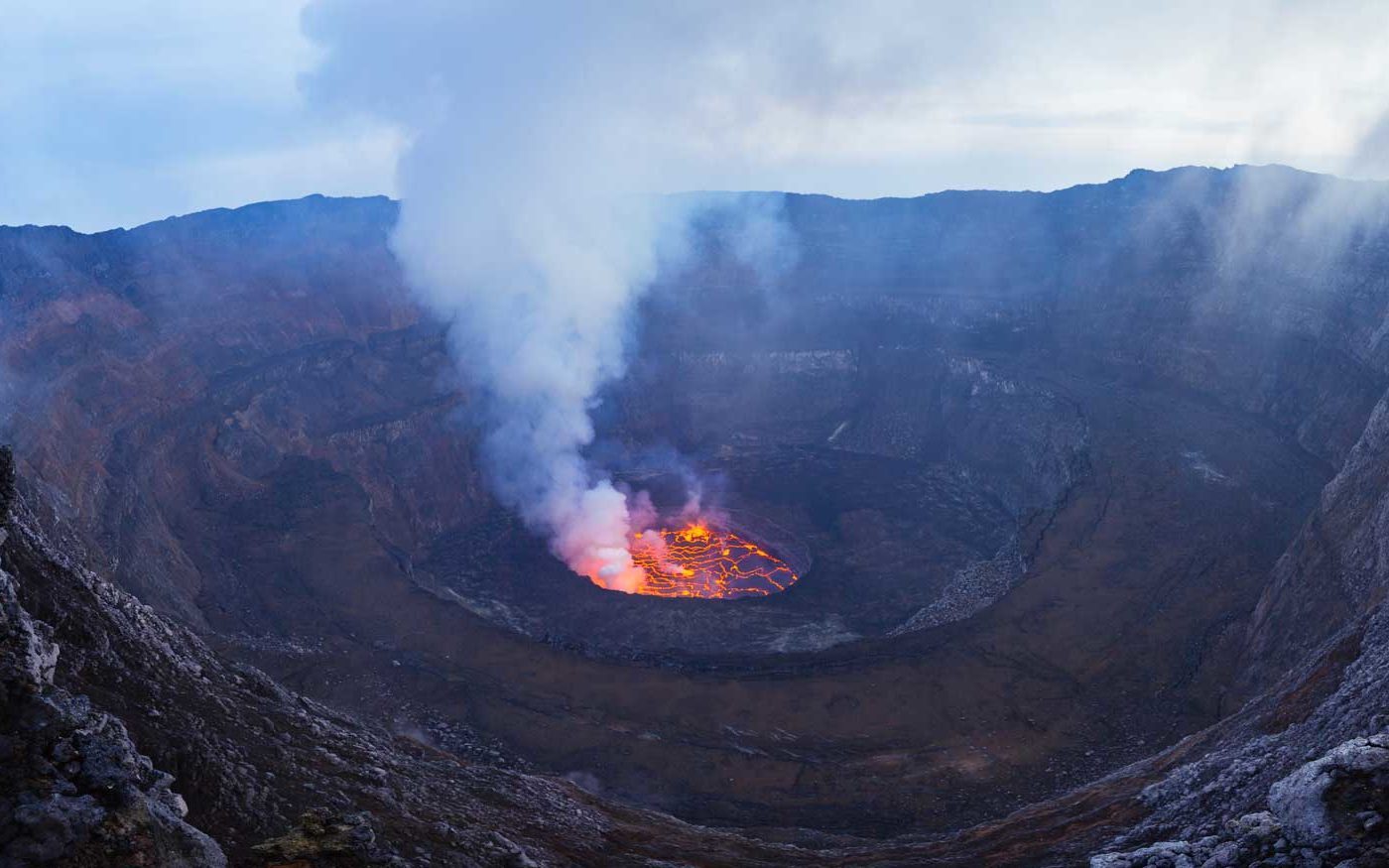
Mt Nyiragongo is one of the most terrifying volcanoes on earth, whose recent displays affirmed its ability to wreak havoc. This is a worry for residents of Goma — a town just 20 kilometres from the mountain. In 2002, Mt Nyiragongo devastated downtown Goma, forcing 350,000 residents to flee while the volcano buried the city in over 11 million cubic metres of lava. But this is nothing compared to what the volcano is thought to be capable of. Scientists are currently uncovering the mysteries of Nyiragongo, climbing into its fiery walls and sampling the poisonous gases rising from its crater lakes. The hope is to be able to understand the beast, and protect Goma if Nyiragongo should unleash its fury once again.
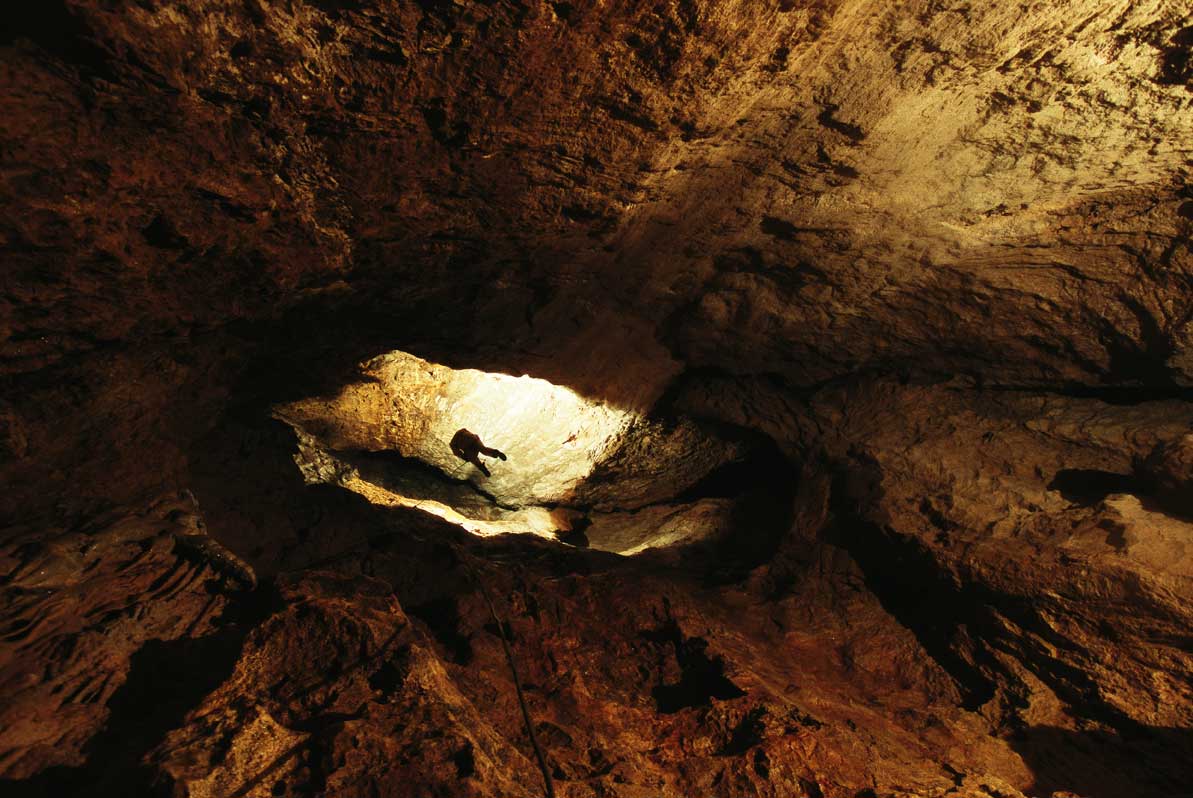
In 2004, a group of Ukranian scientists managed to descend over 2000 metres into Krubera cave, and in doing so cemented its status as the deepest cave on earth. The dark, damp descent involved wading through freezing waters, sleeping in tents suspended against the rock face, and cutting paths through crumbling limestone. Although the challenge of getting to that record-breaking point was, according to one team member, like “climbing an inverted Mt Everest,” descending through the Earth’s crust gave explorers a close up tour of our world’s geological past. Tiny crevices led to prehistoric underground pools, and limestone rock told tales from Jurassic and Cretaceous times, providing fascinating information about what lies beneath the surface.

Established in 1964 in Sabah, on the edge of Borneo and Malaysia, Kinabalu was one of the first national parks in Asia. While the park itself is a great sanctuary, perfect for cooling off in the heat and exploring the rainforest via walking trails, Gunung Kinabalu, as it is known in Malay, is the park’s mountainous centrepiece. The climb to the peak is steep, but for those who persevere, the views make an incredible reward. See the Philippines from the summit, or time it just right to watch the sun set over Borneo.
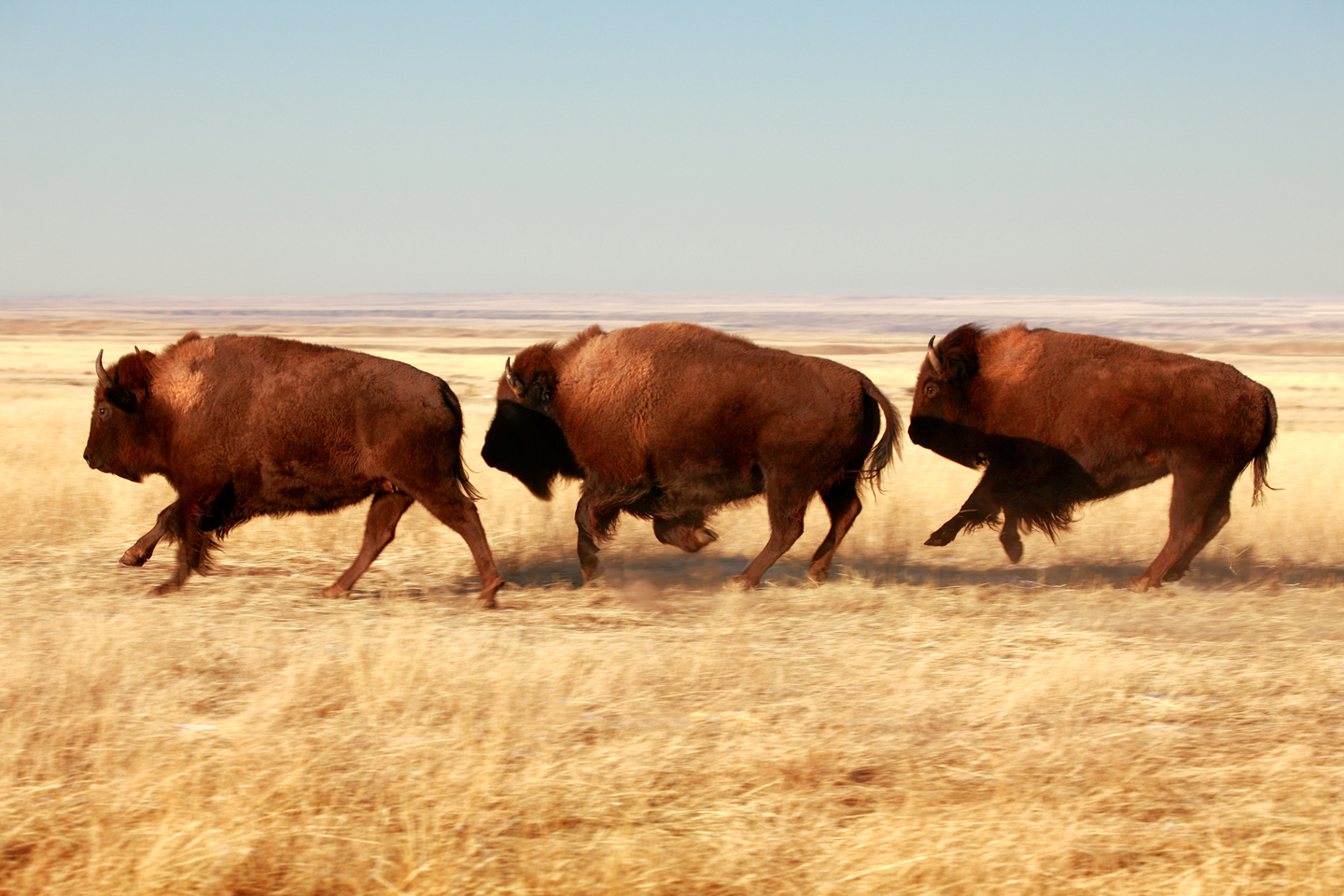
The Great Plains is a straight-up kind of place, getting by with few gimmicks and a minimal amount of fuss. But despite this sparse first impression, a road trip here is full of excitement. Rolling hills, lush countryside, and fields of prairie grass may fool visitors at first, but this stretch of central states is home to storm chasers, wicked old cowboy towns, and the mighty Missouri and Mississippi Rivers. Hire a pickup truck, find the way to Route 66, and let loose through the back-country roads and untouched expanse of America’s best adventure.
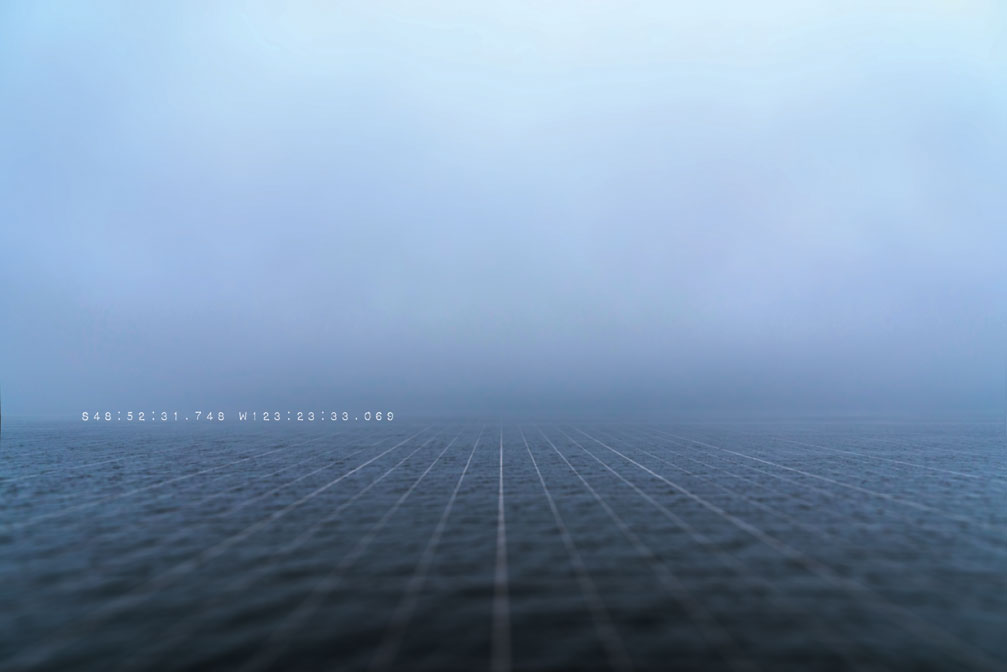
Named after Jules Verne’s Captain Nemo from Twenty-thousand Leagues Under the Sea — not the lost clown fish — Point Nemo is miles from anywhere. As the Oceanic ‘pole of inaccessibility’ (others are found in obscure parts of Australia, Antarctica, and China), this unmarked patch of water is the exact spot where seafarers are the furthest from land in any direction. If one is out there with sea legs giving in, the closest place to come ashore is 2688 kilometres away, either at Ducie Island in the Pitcairn Islands, Moto Nui in the Easter Islands, or Maher Island in Antarctica.
